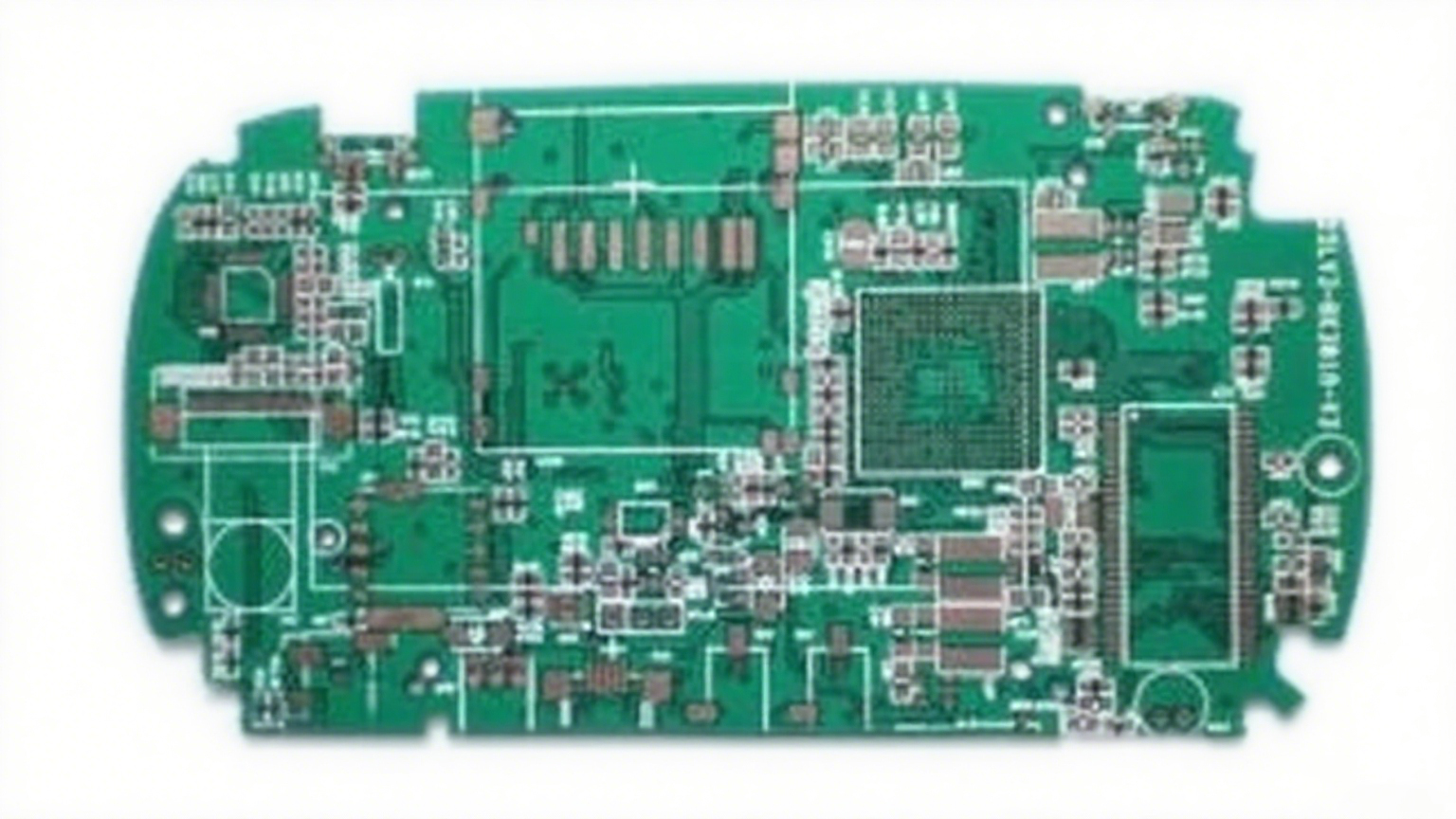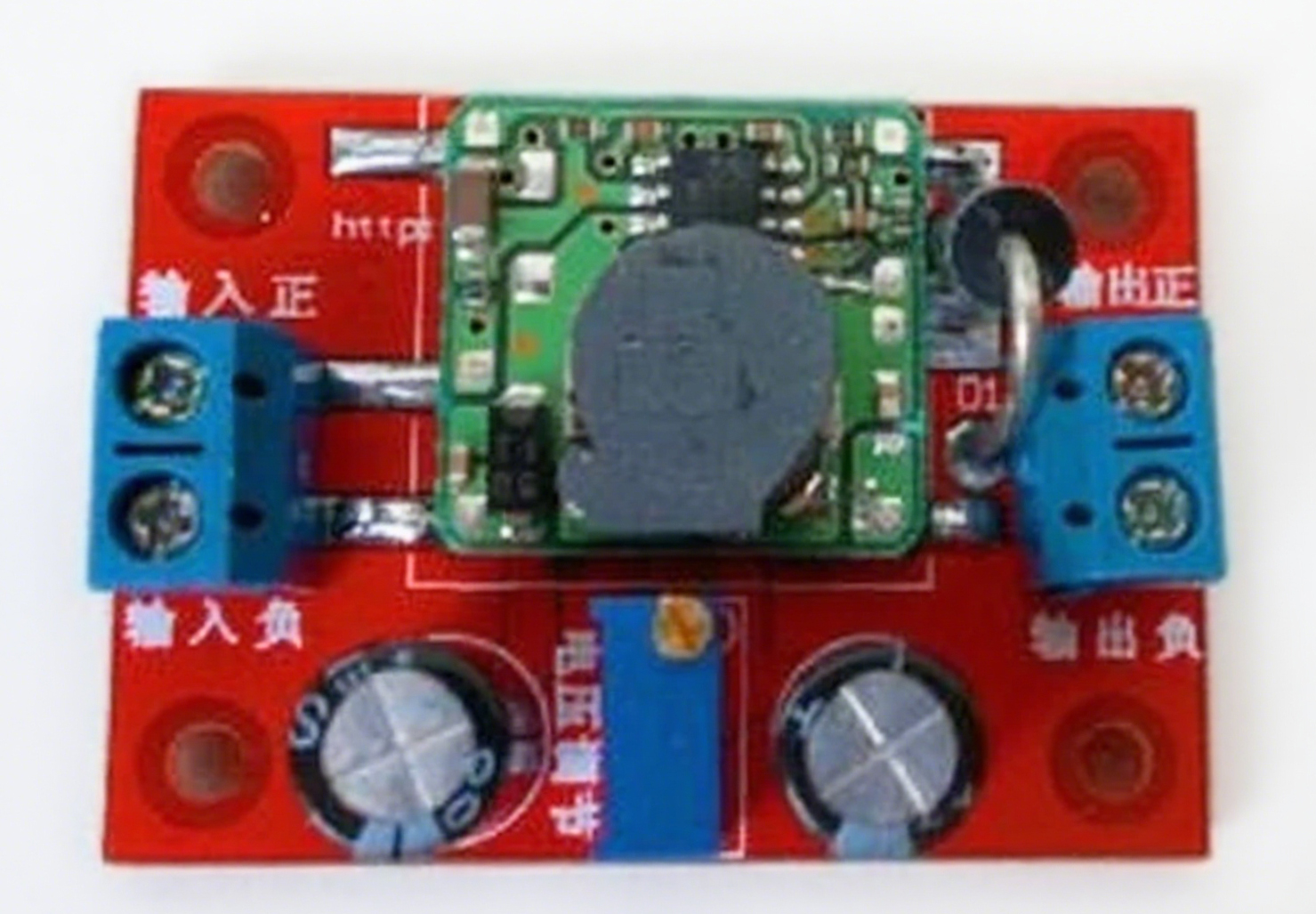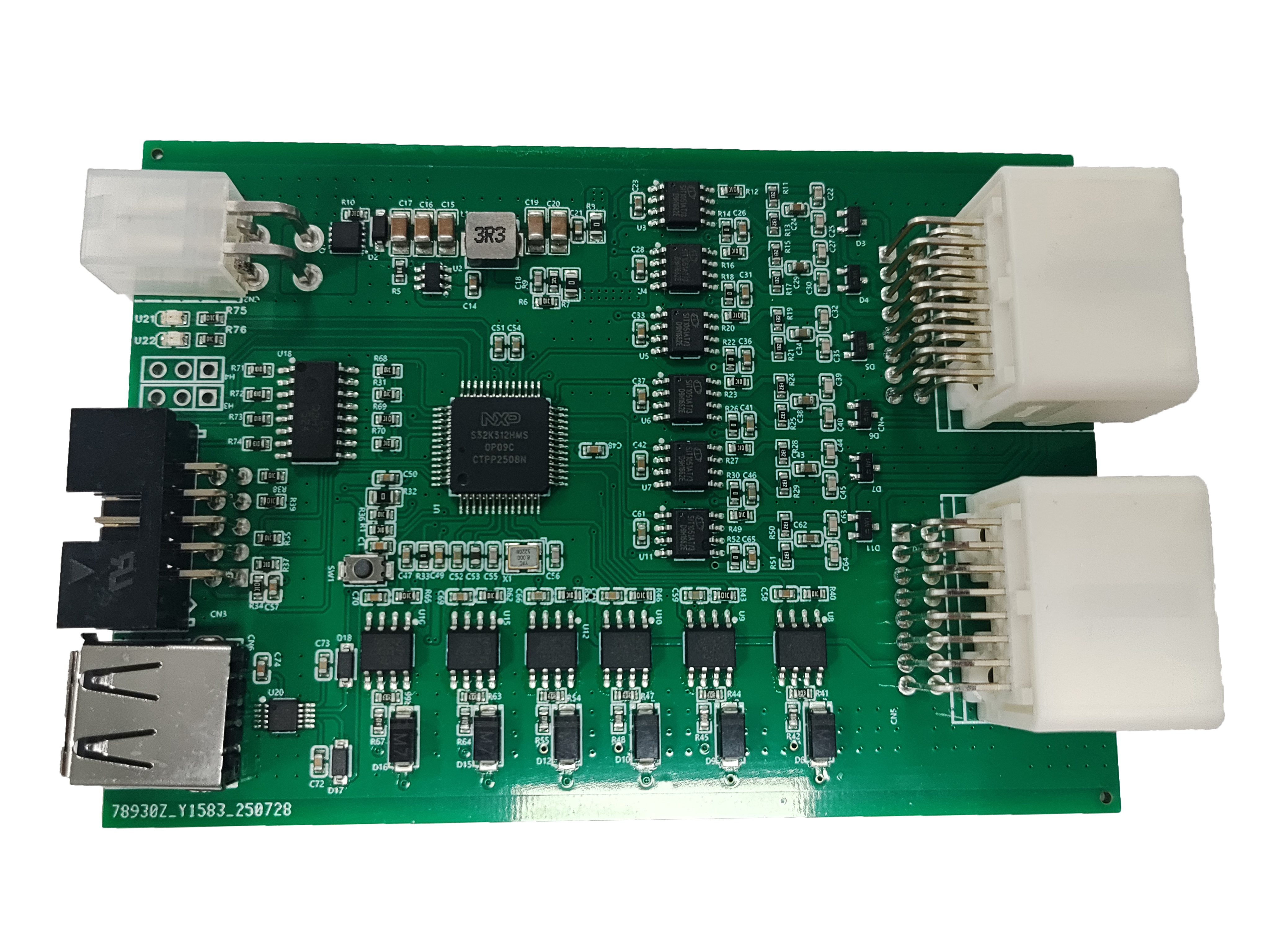I. Product Definition and Core Principles Automotive streaming media rearview mirror is an intelligent device that collects real-time images of the rear through a high-definition camera at the rear of the vehicle and transmits them to the in-vehicle rearview mirror display without loss or delay. It replaces traditional optical lenses with electronic cameras, breaks through the limitations of physical structures, provides a broader and clearer field of view, and integrates functions such as driving recording, reversing images, and night vision enhancement, becoming a core configuration to improve driving safety and driving experience. II. Analysis of Core Functions 1. Ultra-wide Field of View, Eliminating Blind Spots Wide-angle camera technology: Usually equipped with a 130°~150° ultra-wide-angle lens, covering 3-5 lanes at the rear, completely solving the problem of blind spots in the field of view caused by the遮挡 of C-pillars and rear headrests in traditional rearview mirrors. For example, the measured horizontal field of view of SUV models reaches 135°, and the vertical blind spot is reduced to within 0.5°, which can clearly capture obstacles 1 meter high. Dynamic field of view expansion: When changing lanes at high speed, the rear dynamics are clear at a glance, reducing the risk of accidents caused by blind spots. Third-party tests show that it can increase the rear view score of the moose test by 1.7 points, and the画面 lag in emergency lane changes at 70km/h is only 0.03 seconds. 2. High-definition Image Quality, True Restoration Resolution and frame rate: Mainstream products have a resolution of ≥1280×720 pixels and a frame rate of >30fps to avoid dizziness caused by low-speed images. High-end models support 1080P or 2K resolution, with delicate images without mosaics. Color and brightness optimization: Adopting WDR (Wide Dynamic Range) technology, the brightness in low-light environments is increased by 300%, and the misjudgment rate when following cars at night is reduced by 60%; HDR technology ensures clear details in high-contrast scenes, such as smooth画面 transitions when the light changes suddenly when entering or exiting a tunnel. 3. All-scenario Adaptability Coping with severe weather: The camera has waterproof and heating defogging functions. In heavy rain tests, the visible distance of traditional mirrors is less than 10 meters, while the streaming media rearview mirror maintains a clear view of 30 meters with the help of hydrophobic coating and infrared fill light. Night vision enhancement: Through infrared fill light or low-light sensors, it can clearly identify rear vehicle logos, pedestrians, and road markings during night driving, reducing glare interference. III. Typical Application Scenarios Long-distance highway driving: The ultra-wide field of view helps drivers grasp the dynamics of rear vehicles in advance and reduce the risk of frequent lane changes. Urban congested road conditions: Clearly display the distance between rear vehicles to prevent rear-end collisions; at night, it can identify low targets such as electric vehicles and pedestrians. Driving in severe weather: In rainy, snowy, or foggy days, the camera breaks through the limitation of water on the glass and provides stable images. Medium and large vehicles: SUV and MPV owners report that streaming media rearview mirrors can reduce the risk of "ghost probes" by 40% when the rear row is fully loaded.






